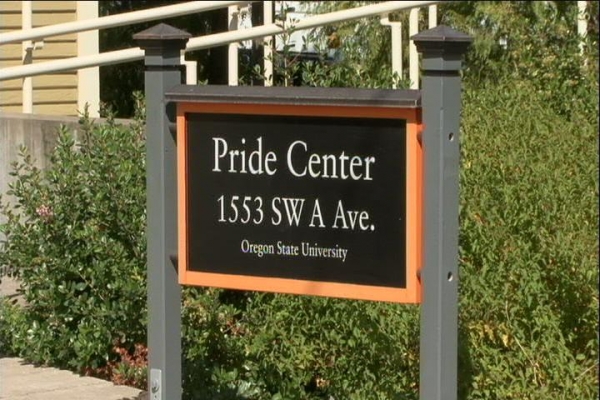
Now that LGBT college admissions are all the rage, some schools are under speculation on whether or not the college provides safety for its students as intended. The Washington Post reports that some of the “most (and least)” gay-friendly schools include Massachusetts Institute of Technology, American University, and New York University.
Now, organizations like the Princeton Review are categorizing LGBT-friendly colleges and becoming the top gay-friendly school has been all the rage, according to reports at the Washington Post.
“For a LGBT student, picking a college is a matter of safety. It’s a matter of inclusion,” said Shane L. Windmeyer of Campus Pride, a nonprofit that evaluates campus climate for LGBT students but doesnot rank schools. “It’s not about getting laid or going to parties. So I hate it when LGBT gets lumped into the party schools.”
Windmeyer added: “Just because you have a gay club doesn’t make your campus gay-friendly.”
Many colleges offer Campus Pride in an effort to assess its gay-friendliness. Schools have also instituted questionnaires to support students through campus life, academic life, counseling, health and recruitment. Results from the questionnaires are later shared on the college’s Campus Climate Index.
“The purpose of this overall score is for campuses to measure their progress and learn key areas to improve their campus climate for the future,” the Campus Pride Web site explains. “The score also allows for benchmarking among campuses as well as a better understanding on how a campus can become more LGBT-friendly.”
The Washington Post explains:
Campus climate is rated with a star system — the highest score of five stars is for schools with “a continuum of progress for inclusive LGBT and Ally policies, programs, and practices.” More than 30 schools have earned a five-star rating, including MIT and American. NYU received four stars.
The index shouldn’t be the only tool students use when looking for a college, Windmeyer said, and a one- or two-star rating could be a good one for schools located in less progressive areas. He said that students should look for schools that have academic programs that catch their attention and then use the index to learn more about them.
The problem with LGBT-friendly ranking is that a majority of the self-selecting people filling out these surveys are likely straight and might not fully understand the experiences of gay students.











